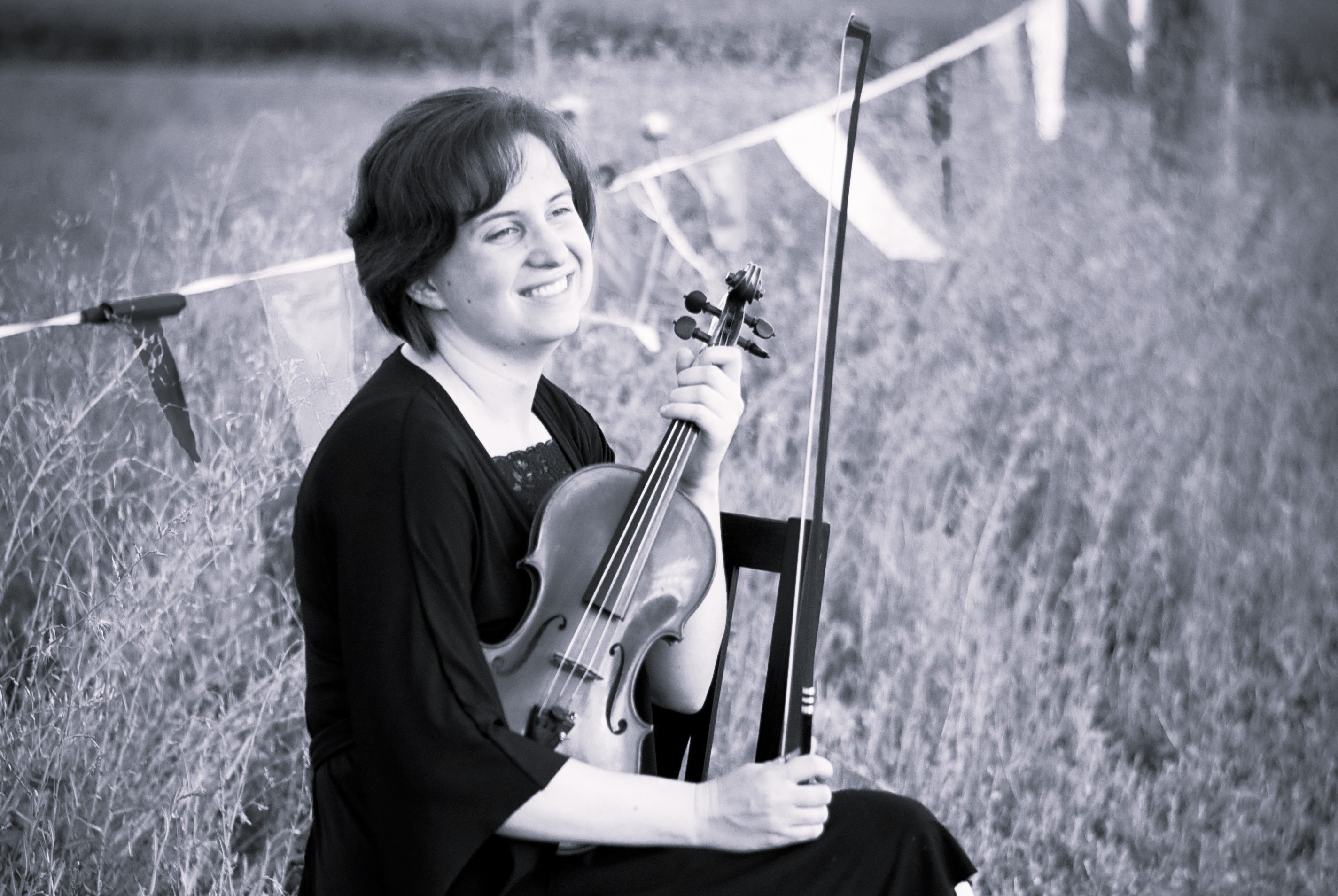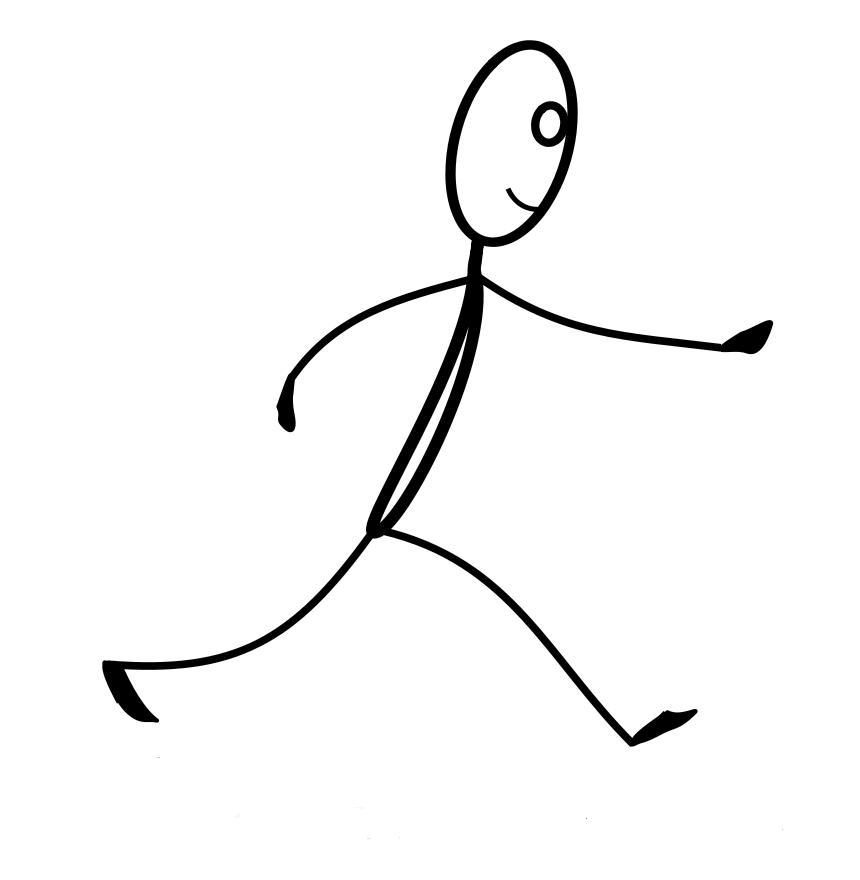
Cami Shaskin
Violin Blog
About
Updates
Quick Access
Archive
2021
Jan
2022 16 - Welcome to My Blog
23 - Violin Teaching Kits
Feb 06 - Valuable Techniques
07 - From the Top
20 - Violin Jokes
Mar 06 - Singing in Orchestra
13 - Nurtured by Love
21 - Helpful Websites
27 - Unique Case Uses
Apr 10 - All About Tone
24 - Teaching Values
May 02 - Believing Teachers?
29 - Our Quartet
Jun 26 - Violin Bridge Tips
Jul 07 - Clever Violin Memes
20 - Horses and Lions
Aug 04 - Music During Covid
16 - Favorite Music
Sep 12 - Being There
Oct 16 - Sight Reading Tips
Nov 05 - Why It's the Frog
Dec 20 - Bach on the Brain
30 - Impact for Life
Jan
Jul
Aug
Oct
Nov
2023 23 - Tendonitis Helps
Feb 21 - An Old Performance
Mar 23 - Cars3 & Coaching
Apr 29 - Preferred Brands
May 27 - Love: A Calling
JunJul
Aug
08 - Music Opens Doors
SepOct
Nov
27 - Useful Analogies
Dec 28 - A Humorous Anecdote
Jan
Feb
May
Jun
Aug
Oct
Nov
2024Feb
15 - Our Commonality
Mar 10 - Extras
18 - Autopilot
AprMay
Jun
06 - Motivation
JulAug
26 - The Ink
SepOct
Nov
26 - Music Copyright
Dec Jan
Mar
Sep
2025 15 - Fame and Fortune
FebMar
14 - Intermission
Apr 18 - A Day in the Life
May 02 - Oops!
Jun 14 - A Science or an Art?
Jul 15 - A Difficult Post
AugSep
20 - Anxiety Interview
Oct 02 - Sounds of Italy
Nov No posts to display.
Dec No posts to display.
Jan
Feb
Aug
Feb
No posts to display.
Mar No posts to display.
Apr 17 - Bittersweet Moments
May No posts to display.
Jun No posts to display.
JulAug
No posts to display.
Sep No posts to display.
Oct 31 - My Video Series
Nov No posts to display.
Dec No posts to display.
Posts
An Old Performance
For some context to my observations, I went to high school in the 90's, back when VHS tapes and video cameras were in vogue, and long before the days of YouTube and smartphones. It's been over twenty years since I'd seen the performance of my concerto with my high school orchestra. In fact, now that I think about it, it's possible I never saw it before. But I found the old recording about a month ago and had a friend with a technology conversion business transfer it to digital format.
My high school group was a good group. We were good enough to perform a full Tchaikovsky symphony one year and perform at Carnegie Hall. Many people from our orchestra auditioned to perform solos. I auditioned as a junior, and surprisingly to me, I was chosen that year, even though I was playing a relatively rare piece, and the parts for the orchestra had to be ordered from Europe.
I suspected I was good enough. Later that year, I would audition for the Orchestra at Temple Square and make it in, and I served as concertmaster of various groups, both at school and throughout the community, including the Utah All-State Orchestra.
When the winners of the concerto competition were announced, though, I was slightly disappointed. As a teenager influenced by less-than-altruistic considerations, I wanted my moment of glory to be on a more flashy, fun concerto my senior year.
Boy, was I wrong. I look back now and realize the wisdom of my teachers in having me perform my audition piece that year, Bloch's Nigun from "Baal Shem," a poignant and heartfelt composition about Jewish suffering. I grew a lot, learning that piece.
Though most of the video wasn't of good enough quality to even recognize that I'm the one performing, at the moment I saw myself get situated on stage, I saw my face clearly for a few seconds, and was taken aback by what I saw. Even though I had only just walked on stage in the video and hadn't yet touched my bow to the strings, I paid attention. I recognized so much preparation in my younger self. There was a good deal of maturity, and, dare I venture, humility? . . . qualities I frankly hadn't thought about or expected! Seeing my facial expressions and body movements as I got into position communicated infinitely more to my adult heart than what I could have expounded on in a doctoral dissertation. I was fascinated.
It was apparent I was ready for my moment that night. To help assuage my nerves and excitement, I probably said a quick private, fervent prayer before the performance. Two decades later, I don't remember all the details, but knowing who I was back then, I have a pretty good idea. I know I had become at least somewhat aware of the history of the piece, the Jewish culture, and the composer. In those days, we didn't have Wikipedia. Google was barely invented. We typically relied on the wisdom of others for our history, such as, in my case, my private teacher at the time, Cynthia Richards. As a student, I listened and learned. In those days, I often checked out recordings from the library or bought them at Media Play"”a kind of Walmart-sized warehouse stocked full of all kinds of CD's. I put in the many necessary hours of personal and ensemble practice. And it paid off!
Since that time, I've grown in confidence, born of success. I'll perform at the drop of a hat, sometimes with barely a second thought as to how it will come across, taking for granted that my playing will turn out well. However, watching the long-ago scene unfold a few weeks ago, as I took this trip down memory lane, I felt like I was truly "listening with my eyes," and my heart was touched. According to one lecturer I saw, Richard Elliott, famed Tabernacle organist, once quipped, "If you're not at all nervous, you haven't practiced enough." I was appropriately nervous back then, and I prepared accordingly. I only hope I'm that prepared on Judgment Day!
Disclaimer: After all of that, because of the low fidelity of the recording, please don't harbor any high expectations. If you listen, I hope you'll see what I saw and reflect on the power of music and the power of preparation. But even if you don't"”this will, after all, probably always mean more to me than to anyone else"”I hope you reflect on even greater lessons in your own musical journey!
| Love it | Interesting | Inspiring | Want to share |
 |
 |
 |
 |
| 2 | 0 | 0 | 0 |
Like this post? Link back to it later by copying the URL below.
© 2021-2025 All Rights Reserved
This content has been proven to be completely dairy-free, gluten-free, sugar-free, and made from code not treated with rBST. No animals were harmed in the making of this blog. The views presented do not necessarily represent the views of Ms. Shaskin's neighbors, kin, the U.S. government, or a mysterious worldwide network of musicians. Any reproduction, retransmission or reposting of content without crediting the author (basically me) is prohibited. Free Wi-Fi not included. If this is a life-threatening emergency, close your browser and dial 911.



